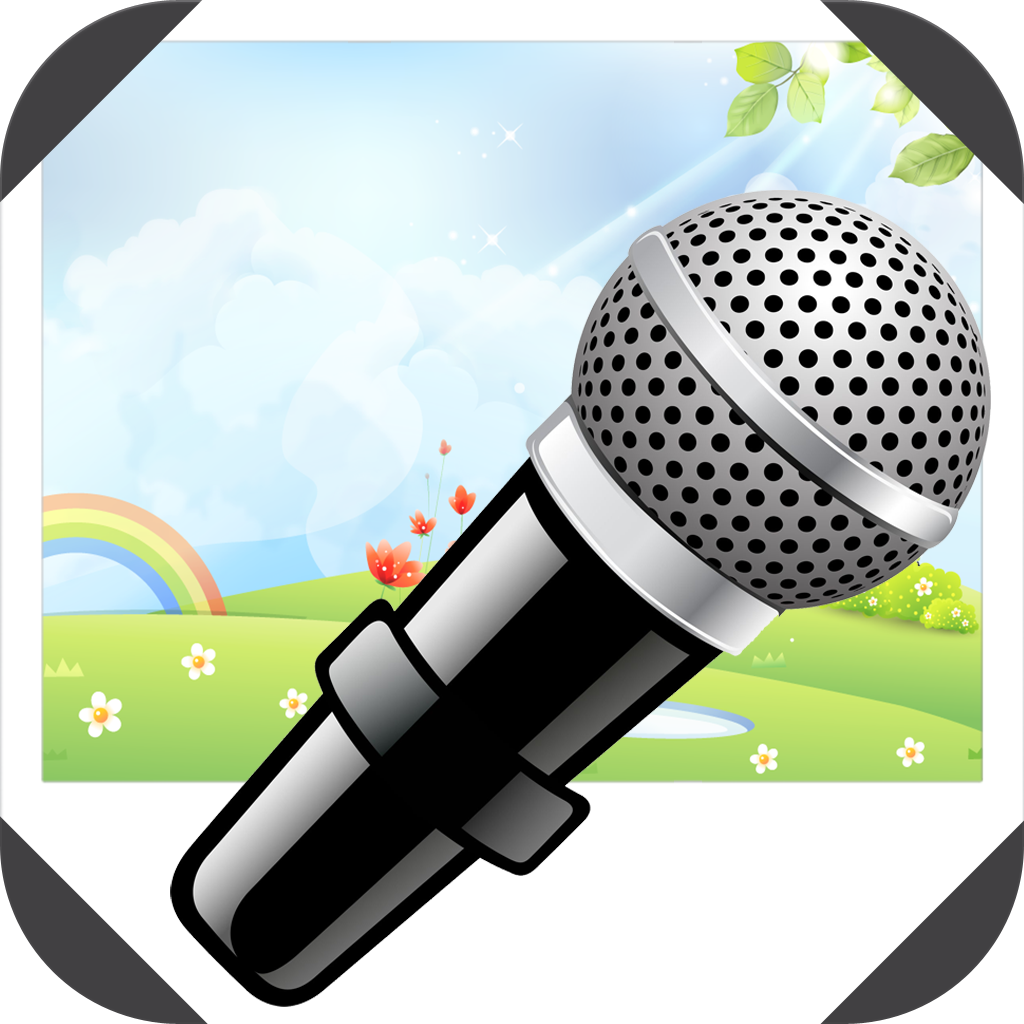 |
| image courtesy of flickr |
This year I have been able to work with several classes to learn about blogging. It has been exciting to see the students eager to write and express themselves. I have seen a lot of benefits of students blogging. It has increased their writing, given them a voice, and provided some powerful benefits.
In particular, I worked with a 2nd grade class to help develop their writing skills. The first thing we did was set up their class blog to give them a place to write. The teacher would post a prompt and the students would have time to create their own post in response. On the days that I was there, I would search for the students that that weren't able to finish their posts or didn't have very many. I pulled them to the side and gave them time to finish their drafts. As I read through their posts I saw their personalities come out. They had a medium where they could express themselves and share their thoughts. They loved the whole experience!
This year I also developed and taught two professional development classes for teachers on blogging with students. Teachers were required to create a class blog and teach their students how to blog. At the end of the 5 week course I asked the teachers to reflect on the experience. Here are a few excerpts from their comments.
Lisa Canaff, a 5th grade teacher, was one of those teachers that took my class on blogging. This is what she had to say about blogging with her students.
Blogging has given my students opportunities to share with one another in a way that they have not been able to do in the past. Through blogging, meaningful conversations took place between my students. It provided them with a fun way to extend their learning. ...
My students embraced the idea of blogging. The majority of them could not wait to get on the computer to share their thoughts. Their comments and blogs written to one another were genuine and well thought out. Even though we have just started this process, my students are posting like champs! Blogging has definitely given them a voice! Since the process of setting up a blog was free and user friendly, I plan to start blogging with next year’s class right at the beginning of the year!
Carolyn Mansfield, a high school English teacher, had this comment about blogging.
Overall, I see more and more opportunities for implementing blogging as part of the classroom experience. The most positive aspect of blogging is that all students have a voice; I believe that the forum provides them with an opportunity to express their opinions as well as agree or disagree with others. Since my blog is essentially a debate forum, I am pleased to see that students’ comments to each other are respectful and tolerant, even though they may disagree on the issues.
Lydia Rechy, a third grade teacher, describes how blogging got her students excited about writing.
We had many good experiences, students were getting very comfortable with the blogging. I finally saw my kids EXITED about writing. It finally did not matter if it was hard or they were still working on keyboarding skills they wanted to do more. If it was one part of the day they were looking forward to was our writing block because they could not wait to work on their blogs. I made it a point that often times we want to just talk to our friends and we would get in trouble for writing notes in class, and that the blog would give them an opportunity to communicate with each other without talking and without getting in trouble. I think that replying and reading my responses were their favorite parts of this. They got into it so much that even though we all knew this was for a class that I was taking, I promised that we could continue the blog after my class was over. This gave them a whole new meaning to writing and even though some of their responses are still short, I feel that as time keeps passing their responses will be a bit lengthier. I tried to make my responses lengthy so that they would have a model of how to respond.
Kiersten Baschnagel, a Digital Learning Coach, worked with students in several classes to help them through the blogging process. She posted this video on her YouTube channel describing one of the benefits of blogging. View the video on YouTube.
With these examples you can see how motivating the blogging experience can be. What's important to note is that blogging is not the goal. Given students a voice and increasing their writing is the goal - blogging is just the platform by which that goal can be achieved.



































